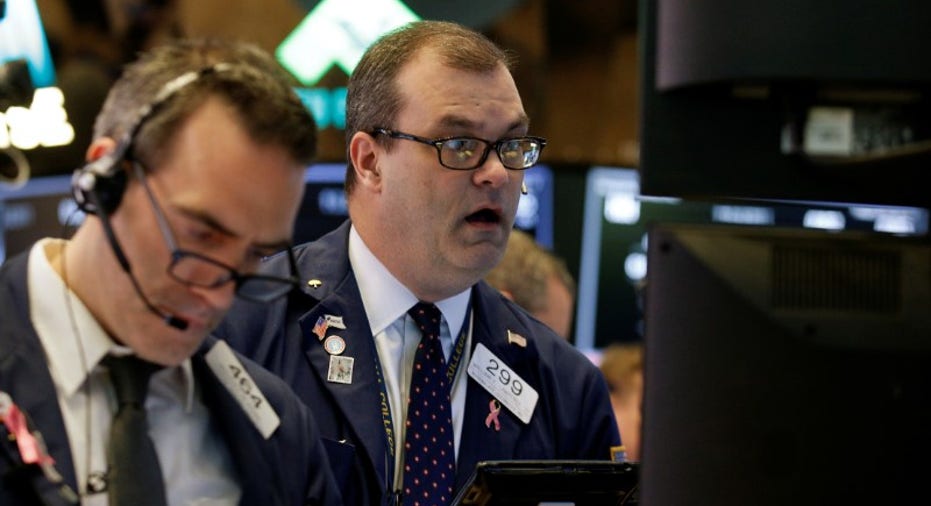Beyond jobs, car sales to give insight on consumer health

NEW YORK – Forget the jobs report. The most interesting bit of U.S. economic data next week is Monday's auto sales release, which will offer a measure of the middle-class consumer and a sector of the stock market that has had a rough ride so far in 2017.
Economists are looking for another solid month of sales north of 17 million new vehicles at a seasonally adjusted annualized rate for March but nothing like the 18.4 million hit in December, the highest since August 2005.
The number would however point to a third consecutive decline on a 12-month rolling basis. With sales peaking and prices set to drop, the secondary effects are expected to be felt beyond car makers and dealers.
Lease and used-vehicle prices are expected to fall sharply this year, according to Ally Financial, which cited its estimate earlier this month when it lowered its 2017 profit forecast.
Morgan Stanley said in a Friday note used-car prices could tumble between 25 and 50 percent by 2021, with both new cars and off-lease supply hitting record highs this year.
"There's an avalanche of used cars ready to hit the market place," said Brad Lamensdorf, co-manager of the AdvisorShares Ranger Equity Bear ETF.
According to Lamensdorf, the need to move inventory has translated into reckless lending. "It's not fraudulent, but people are up to their neck in debt," he said. "Default rates are going to be much more significant."
The stock market is taking note. The S&P 1500 automotive retail index is down 6.5 percent year to date, with Advance Auto Parts , AutoNation and Sonic Automotive down double digits in 2017.
Carmax , which reports earnings on Thursday, is seen as a bellwether in the used-car industry. Its stock is down 8 percent so far this year.
Another red flag from the sales floor: the average number of days a new vehicle sat before being retailed hit 70 in the first 19 days of March according to a note from J.D. Power and LMC Automotive. That is the highest since July 2009.
With the market tightening, industry insiders expect more price cuts.
"The competitiveness of the industry continues to be evident in ever-rising incentive levels," said Deirdre Borrego, senior vice president of automotive data and analytics at J.D. Power in a note.
"Incentives will reach a new high for the month of March."
At the same time, competition to finance loans is likely to further increase credit risk for auto lenders, Moody's Investors Service said this week.
Ally Financial stock fell 9.6 percent in March.
Even the challenge to General Motors this week from a hedge fund, aimed at boosting a lagging stock price, reflects the concern that the industry is hoarding cash without significant prospects for growth.
NO RECESSION, BUT ...
The market for autos, however important, is not as big a part of the U.S. economy as the housing market was when its collapse in 2008 triggered the sharpest recession since the Great Depression.
However, and taking into account all the moving parts of the industry's supply chain, a halt in the auto sector could strain an economy that is already eight years into a recovery cycle. And it would hurt blue-collar workers the most.
If a jump in auto loan defaults materializes, there is also the risk that consumers will shut their wallets and hurt economic growth, two-thirds of which depends on consumer spending.
"When you look at how consumers are spending there is a question mark if the less-than-prime buyer is suddenly having issues," said Ian Winer, head of equities at Wedbush Securities in Los Angeles.
"The spillover effect is: what other industries are also using rather aggressive financing in order to get revenue? Jewelry and mattresses jump out at me as two big examples."
Tempur Sealy shares have fallen 32 percent year to date.
(Additional reporting by Nick Carey and Joe White; Editing by James Dalgleish)



















